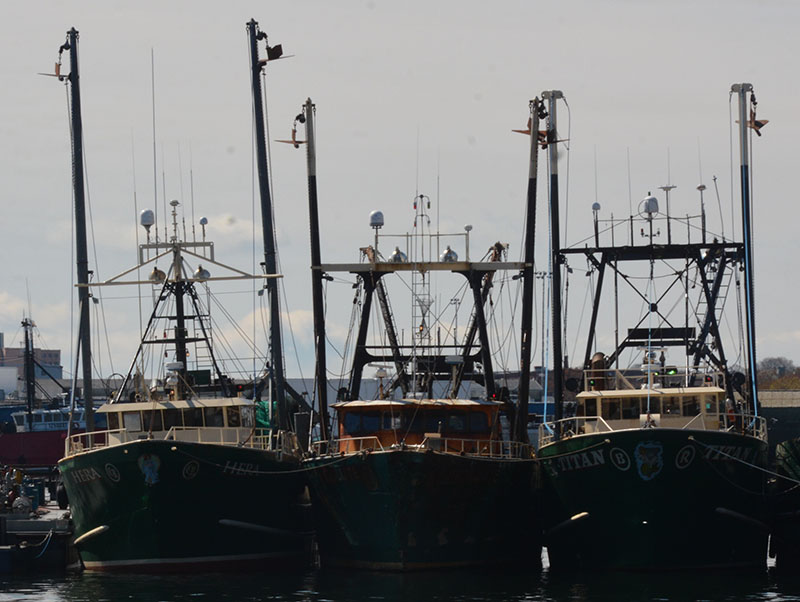OK, OK, I get it! Carlos Rafael, aka, “The Codfather,” has done some pretty reprehensible things while amassing what seemingly is the largest percentage of ownership of the U.S. multispecies groundfish fleet.
I am not going to try to defend his actions, or his reasoning, but I would like to point out that there is plenty of guilt to go around, and some people should not be so quick to point their finger at him alone. What is it that they say about casting the first stone?
Apparently, among his sins is his aforementioned ownership of the largest fleet of multispecies groundfish vessels, as well as some scallop vessels. While this may be true, let us ponder what enabled, abetted and allowed him to gain such an advantage over everyone else. At this point, he wasn’t breaking the law, he was only taking advantage of it, and of those who most fervently wanted it!
It should be remembered, that the Environmental Defense Fund as well as the Conservation Law Foundation were among the earliest, most emphatic and dedicated supporters for the development, adoption and implementation of the catch share program.
When Dr. Jane Lubchenco, the newly appointed administrator of NOAA, came in front of the New England Fishery Management Council on April 6, 2009, she announced a set of interim regulations that would temporarily govern the management of the groundfish industry. This would allow the council to direct its efforts to putting Amendment 16, and a catch share system in place.
While the council had been trying to develop and implement a similar system for around 10 years with little success, her harangue proved to be just the impetus the council needed to finally adopt the catch share/sector program. This “one small step” for the groundfish fisheries was loudly applauded by much of the environmental industry at the time, but it has now proven not to be a giant leap for fisheries management!
Problem was, in their haste, they neglected to implement several safeguards that have now come back to haunt this program. Some of these safeguards were already well known, and utilized in other fisheries. One of which was an ownership cap, or a percentage limit of maximum ownership. This unfettered consolidation has since been found to be another case of the damage wrought when something is allowed to become too big to fail.
Apparently, here again, is a situation where everyone else must pay for management and oversight gone awry.
Carlos Rafael was quick to realize the error in this master plan and was just as quick to use it to his advantage. At this point, Rafael was still within his legal rights. And although he was quickly disaffecting many of his peers, by purchasing quota and vessels from those fishermen who were unable to withstand the trauma inflicted by the reduction of their quota shares as a result of the provisions and actions set forth by the council and NMFS/NOAA in their development of catch shares/sectors.
If he had stayed within the legal boundaries of the fishery management plan, as well as the Magnuson Stevens Act, he very likely might have gotten the last laugh, at least in this one part of his trials and tribulations!
Instead, he will now figuratively climb the steps to the gallows, while all those interested parties, along with all the other ghouls and grave robbers, gather round awaiting the springing of the trap door, just hoping that the shock of his fall might shake loose some of his gold fillings and the change from his pockets!
Alas, poor Yourick...







